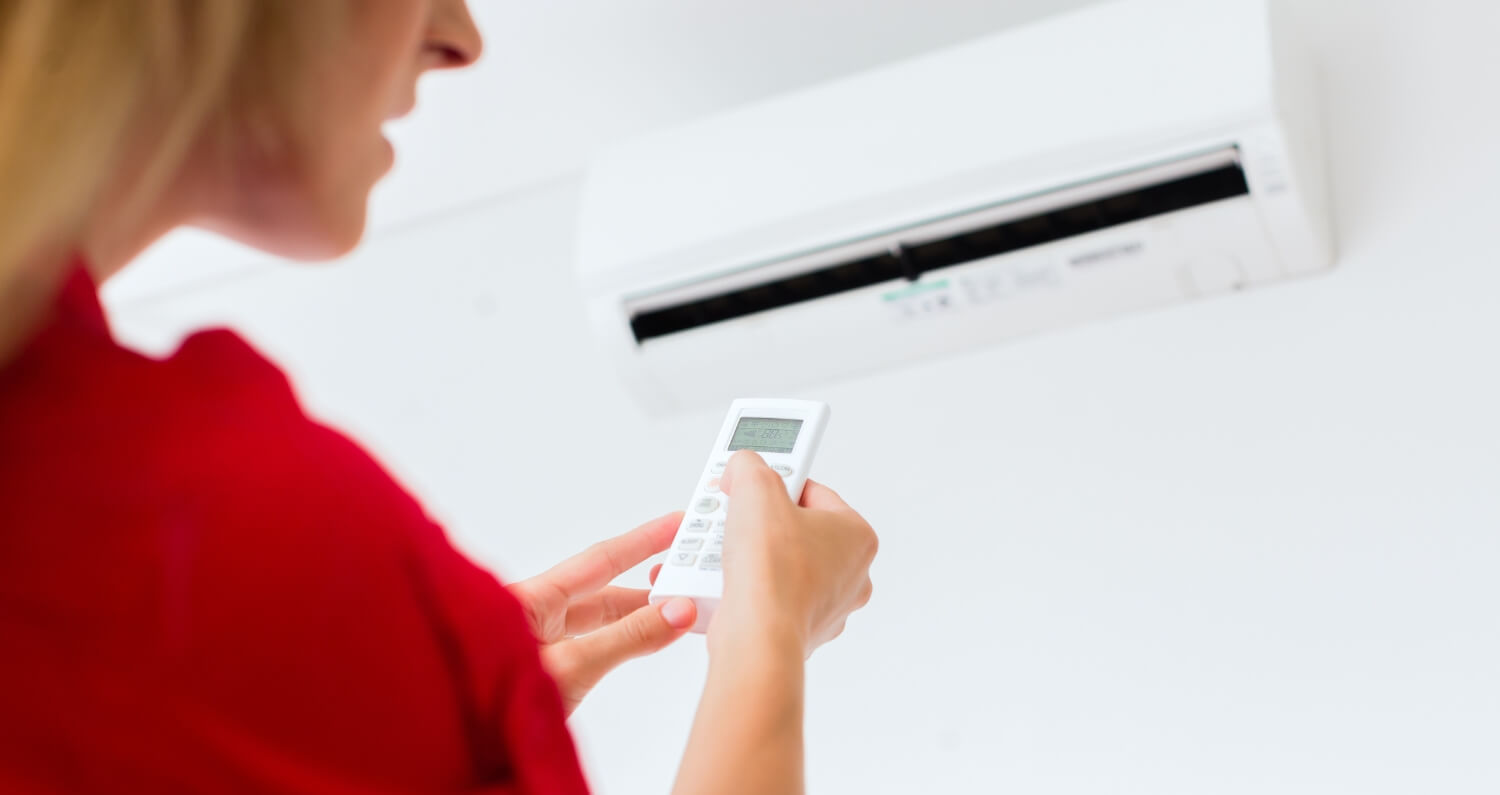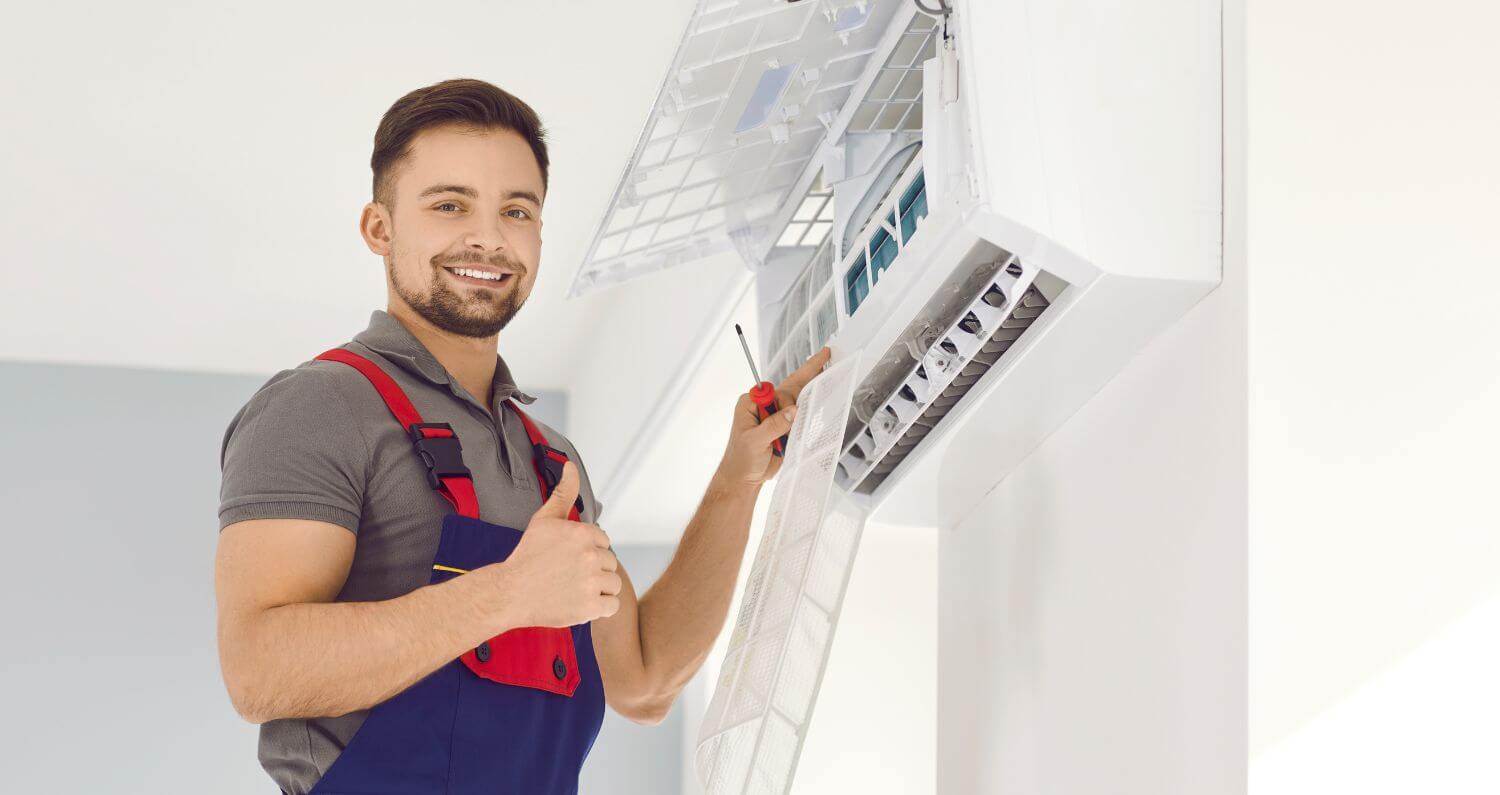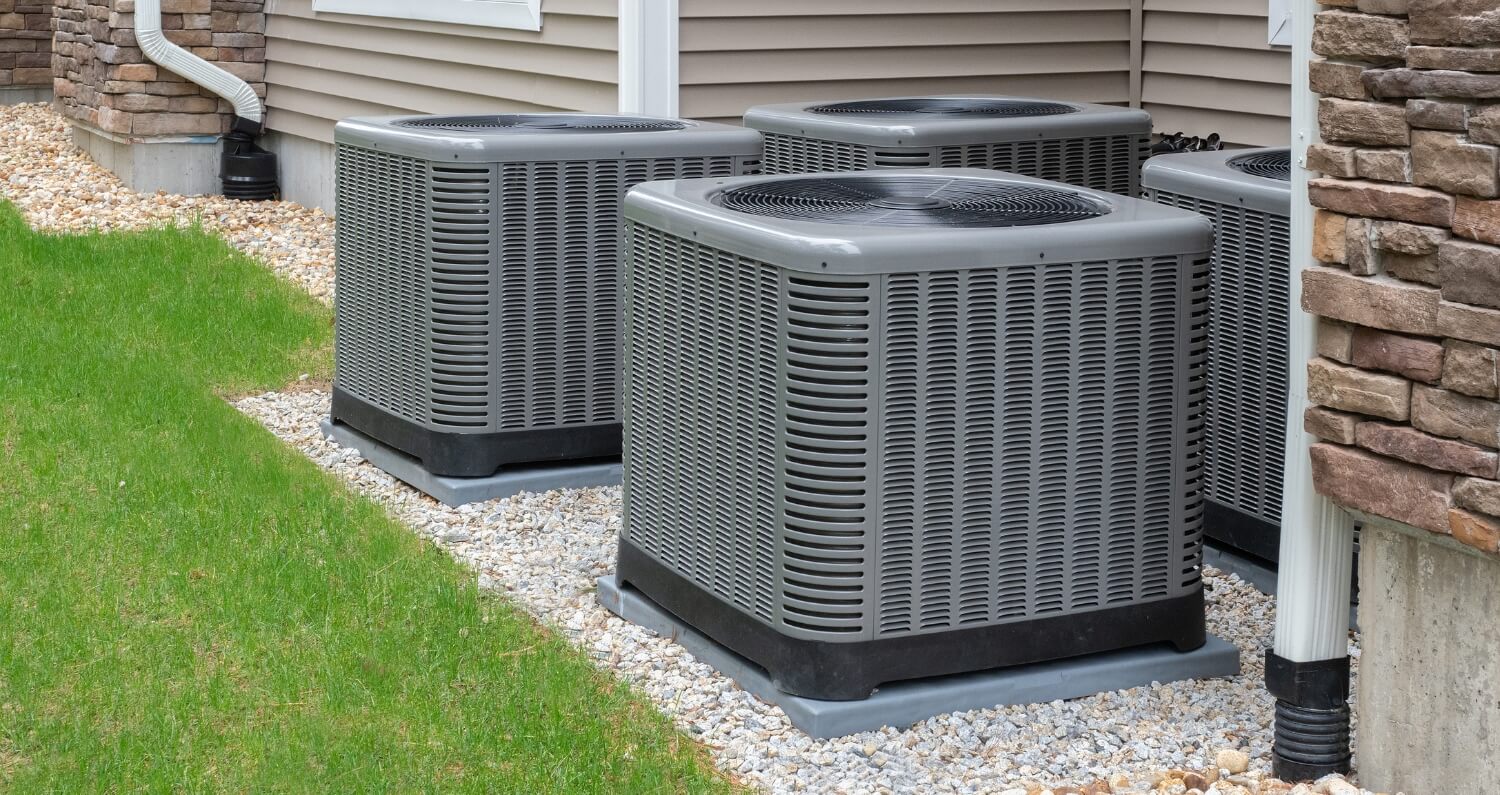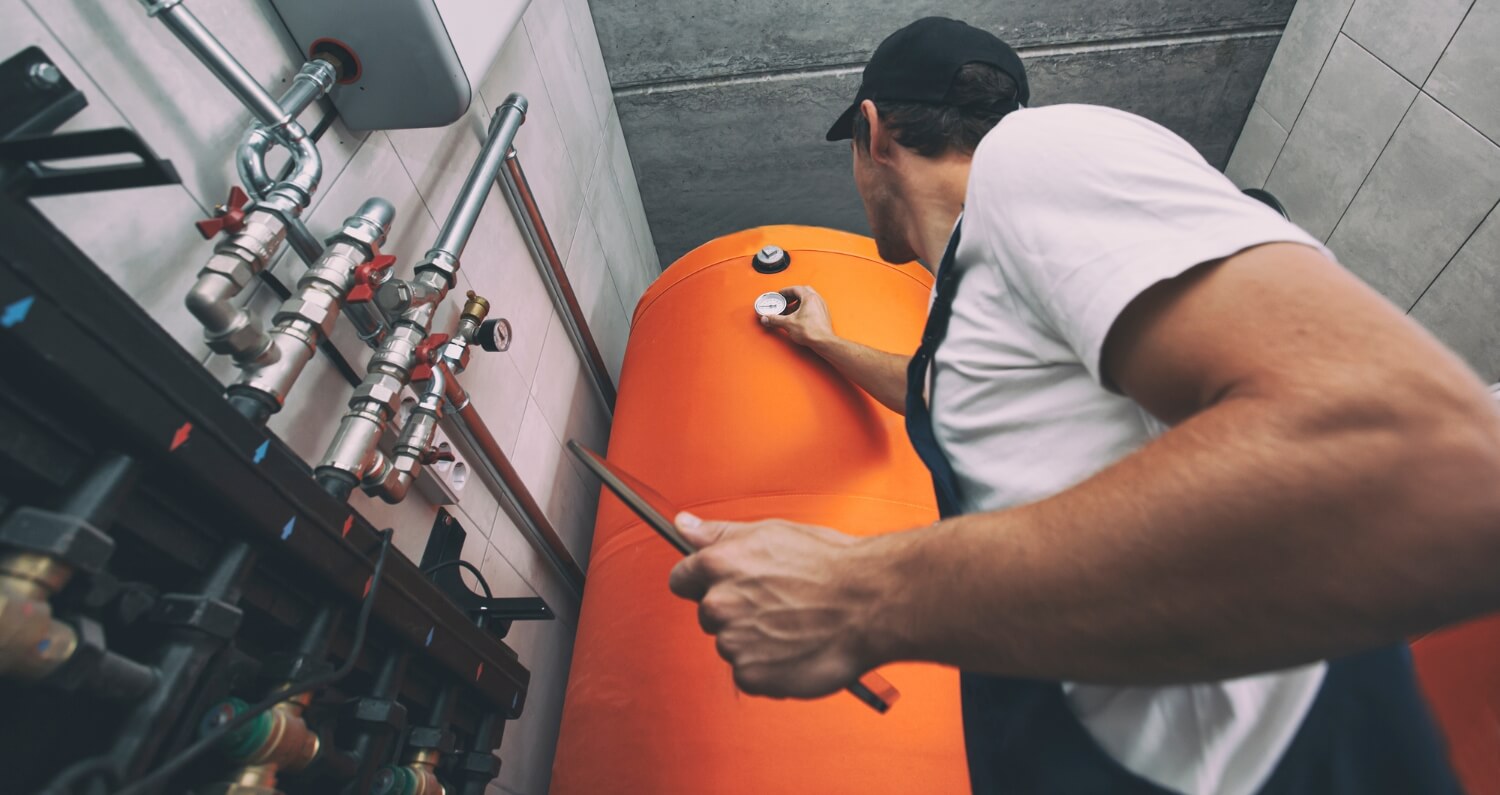Summer is here, and it’s time to flip the switch on your air conditioner. But first, it is necessary to take a few steps to ensure your AC unit is prepared for daily use as outdoor temperatures rise. Inspecting your HVAC system components can avoid frustration and high utility bills due to lost efficiency or expensive repairs.
Following these tips ensures your AC unit is ready for the warm summer days ahead.
Inspect the Outdoor Panels
The first step is to inspect your unit for signs of damage. Look for misaligned or damaged panels, bent fins, corrosion, or other malfunction indicators. If you notice anything needing attention, call an HVAC professional from a reputable company like Paraco to take a closer look to ensure the necessary repairs are performed.
Remove the Coil Covers
You may have covered parts of the HVAC system to protect them from the harsh winter elements. Coil covers protect and insulate during winter but also limit heat transfer. They should be removed prior to running your AC. Operating your system with these covers in place, even for a short test, can cause severe damage, requiring professional repair.
Check for Damaged Pipe Insulation
Inspect the foam insulation on the suction line (large copper pipe) for any damage from animals or wear from the elements. The material is easy to replace by taking a portion of the insulation to a local hardware store to determine if the correct replacement is available.
Remove Debris from the Coils
AC units use condenser coils to transfer heat, and any accumulated debris on the condenser coils will reduce efficiency, strain your system, and increase your utility bill. Cleaning the coils and surrounding area ensures proper airflow and heat transfer.
Change the Air Filters
The AAFA states that indoor air quality is just as important as outdoor air quality. Regularly changing your AC unit’s air filter reduces indoor pollutants and irritants and keeps the cooling system running properly, reducing utility costs. This step is especially critical for identifying potentially dangerous air quality issues caused by excess moisture or mold in the HVAC system.
The type of air filter in use determines how often you should change it. Fiberglass air filters require replacement every 30 days, and pleated filters last an average of 90 days.
Check Coil Drainage Hose
The coil drainage hose is typically a PVC or copper pipe running from the outside to the inside of your home near the AC unit. Under normal operation, the pipe will drip into a drain within your home. Ensure the line is free of clogs and aligned correctly, running to the drain.
Check the Circuit Breakers and Thermostat
Before running your AC unit:
- Set your thermostat to your desired temperature and ensure the circuits are turned on at the circuit breakers.
- If your thermostat requires batteries, change them before turning on the AC unit.
- If any issues arise, reset the HVAC system and test it again.
After inspecting your HVAC system components and addressing any issues, you can evaluate how well your AC unit operates. Once you perform the right steps, you can look forward to a high level of reliability and remain comfortable while spending time indoors.
continue reading
Related Posts
In the realm of home comfort, having a reliable HVAC […]
It’s never fun when your HVAC appliance fails. A broken […]





